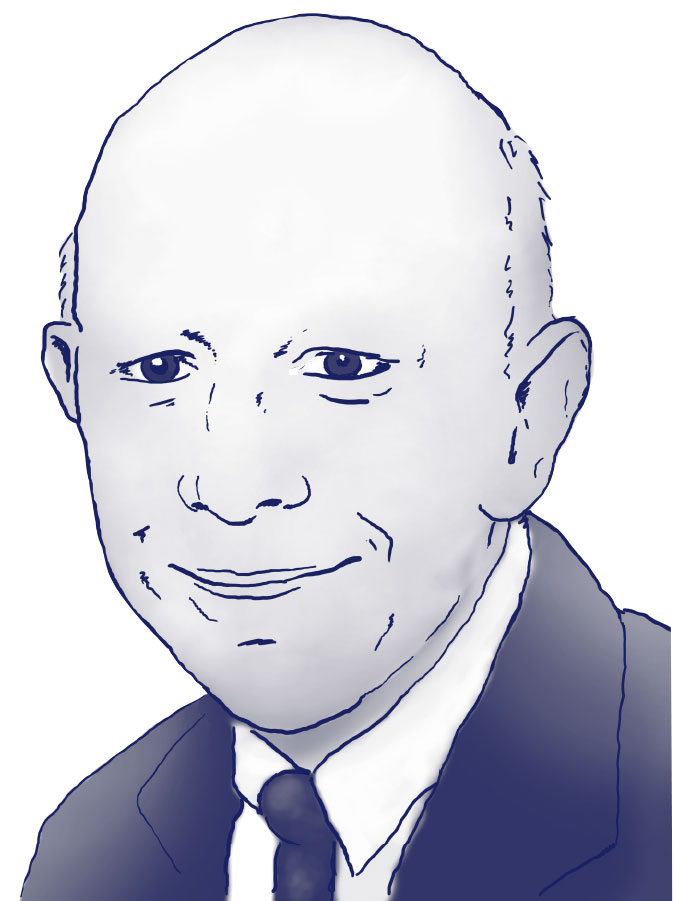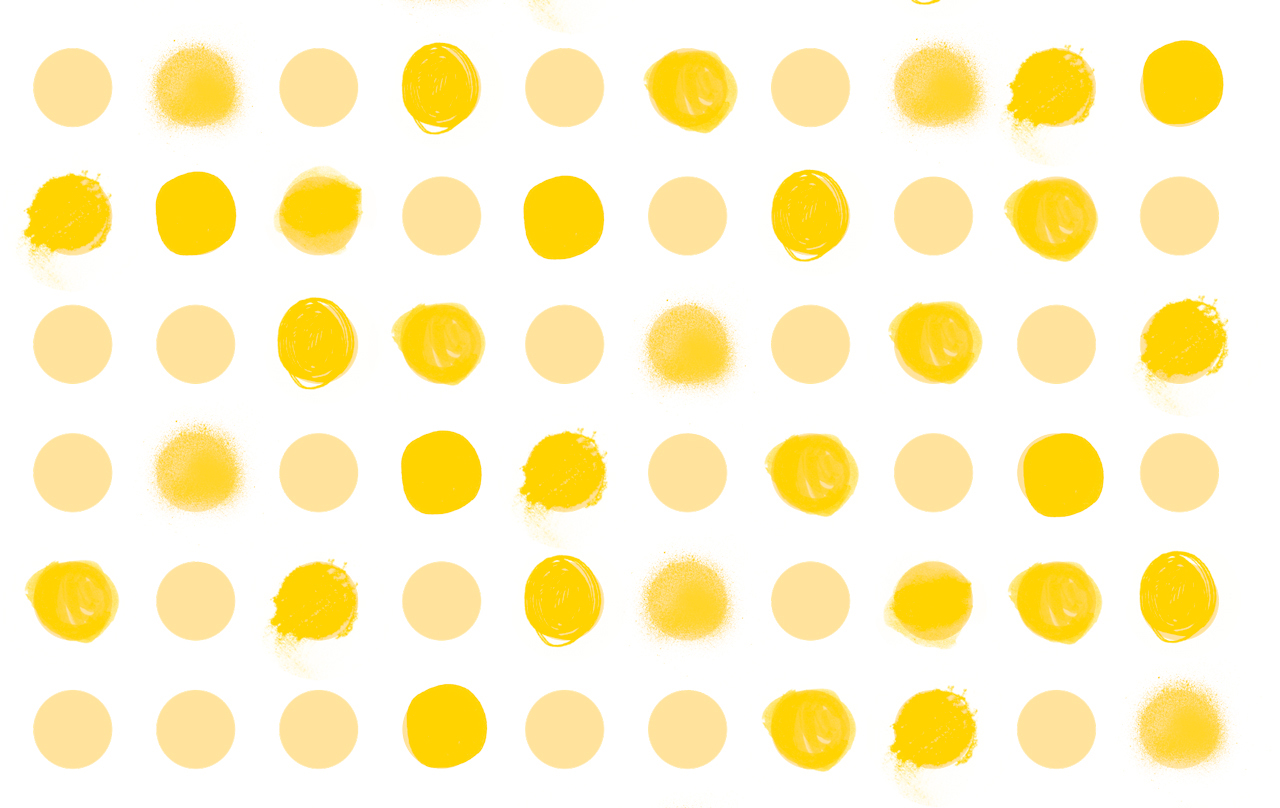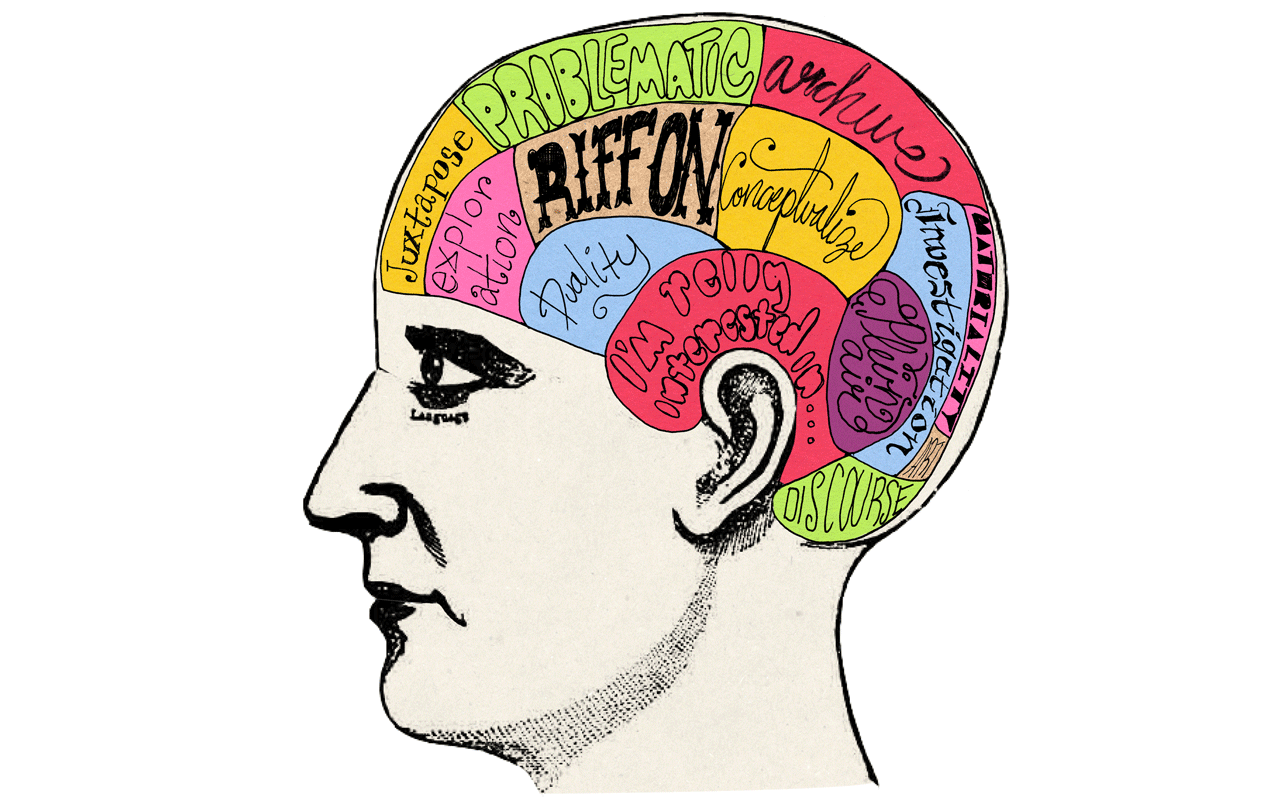A Critique of Cotter’s Carrie Mae Weems Review
Carrie Mae Weems: Three Decades of Photography and Video opened to the public at the Guggenheim Museum in New York City on January 24, 2014. Originating at the Frist Center for the Visual Arts in Nashville, Tenn., before traveling to the Portland Art Museum, the Cleveland Museum of Art and Stanford University’s Cantor Center for Visual Arts, the Guggenheim served as the final stop on the exhibition’s year-and-a-half-long tour. The show certainly garnered attention from media big dogs upon its opening at the Frist Center — as evidenced in a New York Times review by critic Hilary Sheets, a full-page précis in Art in America, features in the Wall Street Journal and on the Huffington Post, among many others — and continued to get good press as it traveled the country.
Rightfully so should this exhibition have gained as much media attention as it did: it is the first retrospective of the work of an artist considered by many to be one of the foremost interpreters of the African American experience in contemporary art today. Weems’s photographs, which often address issues of race, gender and class, are conceptually and formally poignant. Her photographs are often concise in their illustration, yet remain nuanced in their interpretation.
In many ways, the exhibition’s final stop at the Guggenheim and its subsequent critical review there is the most telling. Why, you ask? The answer may seem obvious given the institutional clout of the Guggenheim and, while that certainly factors into my response to the question at hand, it is only a small piece of the criticism quandary. The exhibition provided the first museum retrospective of Weems’s work in New York and the first exhibition of an African American woman’s work at the Guggenheim specifically, which is a significant event in and of itself. What adds a little drama to the matter — and brings it immediately back from the brink of institutional critique to the issue of art criticism — is that the exhibition was organized directly in response to a piece of art criticism by Holland Cotter of the New York Times.
In a review of Weems’s work at Jack Shainman Gallery back in February 2008, Cotter initiated his assessment by saying, “I don’t know why Carrie Mae Weems hasn’t had a mid-career museum retrospective. No American photographer of the last quarter-century … has turned out a more probing, varied and moving body of work.” It is precisely this review that Frist Center curator of Carrie Mae Weems, Kathryn Delmez, read and responded to. “Susan [Edwards, CEO of the Frist Center] left the article on my desk one morning,” said Delmez in an interview with F Newsmagazine. “In many ways, Holland Cotter ignited this project.” Indeed, Cotter is cited twice in Henry Louis Gates Jr.’s forward to the exhibition’s catalogue as the genesis of its organization.

This is an important detail in the story, especially since Cotter had many forceful things to say about it after its opening at the Guggenheim. In his subsequent New York Times review of the retrospective on January 23, 2014, Cotter writes, “It’s a ripe, questioning and beautiful show. All the more galling, then, that the Guggenheim has cut it down to nearly half the size it was when originally organized by the Frist Center for the Visual Arts in Nashville.”
Nevertheless, when curating the current retrospective, Delmez recognized that it would undoubtedly have appeal to other institutions, since Weems was hot and happening on the gallery scene. For this reason, she organized it to be malleable to fit other institutions’ available exhibition space. “I always envisioned the show as scalable,” she noted. “Although I knew it would be difficult to decide what could be included in one venue and not in another, the task was made easier by the fact that Carrie works frequently in series.”
Clearly this is a fact that Cotter didn’t grasp since he explicitly questions why certain series were not shown in their entirety at the Guggenheim. “Why didn’t it show, for example, the full ‘Sea Islands Series’ rather than just excerpts?” he rhetorically asks in his review. “The issue for me was never the quantity of work in the exhibition,” Delmez explained. “My main concern was to illustrate the breadth and maintain the integrity of Carrie’s work. I feel like we [Carrie and I] achieved that.” It’s true, the show was cut down from the original 200 plus works included in the Frist Center’s exhibition of it to 120 for the Guggenheim. This is about a 40% decrease in the works on view, a sizeable reduction to be sure, but 120 is a fair number of objects to make an exhibition out of if you ask me.
But Cotter didn’t ask me. He doesn’t seem to have asked anybody. Not Delmez, not Guggenheim curators Jennifer Blessing and Susan Thompson, not Weems. For the intensity of the interrogative statement he iterated in his review, Cotter doesn’t actually seem to be that interested in finding the answer. Instead he offers fatuous speculation, “Maybe there were problems with loans, with schedules. Whatever. Where there’s a will there’s a way. It is a shame.”
It is a shame, indeed — a shame that art criticism has come to sheer speculation. As James Elkins, professor of Art History, Theory and Criticism at the SAIC observes in his book What Happened to Art Criticism?, “As recently as the first half of the twentieth century, art criticism was very different… Contemporary critics tend not to think outside the box of the exhibition or particular work at hand, or rather they write as if they weren’t thinking outside the box” (10–11).
In his review of the Weems retrospective at the Guggenheim, Cotter certainly doesn’t write as if he’s thinking out of the box since he takes the exhibition only he sees it in one of its five manifestations. Having seen it at both the Frist Center and the Guggenheim, I can say with conviction that I thought the Guggenheim maintained the overall narrative of the original exhibition. Perhaps it was a bit more of a sampling than the Frist’s presentation as Cotter describes elsewhere in his review, but the end result remained the same — visitors left knowing quite a bit about Weems and the trajectory of her work. That’s the point of a mid-career retrospective, right?
Even more egregiously, Cotter can’t seem to put the exhibition into the context of his own previous judgments: first and foremost, that he called for the retrospective (and got it), and secondly that the originating institution of the show has exemplified yet another one of his claims that “smaller museums often take up the globalist challenge.” Let me qualify the second part of this statement by referencing a recently published article by Cotter entitled “Museum Doors Barely Ajar to Much of World’s Art,” run on March 20, 2014 in the New York Times. Much of this article focused on non-Western art, its representation in globalizing art institutions (like the Guggenheim and its numerous corporatized international incarnations), and the role of smaller institutions in New York City and abroad (namely in China and Africa).
But there’s an even bigger parallel I want to draw between Cotter’s exposé on museum exhibition practice and his Weems review. While he says that larger institutions fall short of being “a forum of equal Others” in the Museum article, he notes that smaller, more globalist art organizations are more flexible in their exhibitions and resourceful in their networking. Moreover, they often lack one key component compared to large institutions that allows them this flexibility — a permanent collection of their own. Cotter only cites a few organizations in Africa as examples of what he’s describing. However, what he just articulated was the Frist Center for the Visual Arts, a non-collecting art institution with a small operating budget and a hell of a lot of gusto, right here in the U.S. of A.
Cotter is a demanding dude if I’m summing up his desires correctly. Presumably, he wants smaller museums with more institutional flexibility to pick up the slack in larger museums’ inclusion of marginalized arts and artists as part of some kind of utopian globalist initiative. Yet, despite the size of his demands, they have in many ways been delivered upon by the Frist Center’s Weems retrospective. In his persistent zeal to critique large modern and contemporary Western art institutions for their inability to embrace globalism, Cotter has overlooked the fact that globality functions on the local level as well.
Searching for answers to Western art world corruption abroad in the alternative art exhibition venues of Dakar, Ethiopia and Senegal that he references with such alacrity in his Museum article, I’d go so far as to say that Cotter employs a colonialist rhetoric of the Western doctrine of discovery. His eastward gaze, spurred in this case by his frustration with the modern megamuseum, in turn serves to marginalize those domestic institutions that are already answering his call. In the case of the of the Weems retrospective, the answer to his call was quite explicit — he was cited directly as its impetus. If he can’t pick up on that, I’m wary of his ability to draw critical connections at all. His review of the exhibition at the Guggenheim exhibits his own slack as a critic within this new global artscape given his failure to recognize that he’s gotten exactly what he wanted, just not where he’s looking.
The author of this article worked at the Frist Center for the Arts between 2011 and 2013.








This article is a great read, up until the last paragraph, in which the carefully constructed argument falls apart. I can’t help but wonder, though, if the author, Maggie Carrigan, attempted to contact Holland Cotter about the issues covered in the essay, especially since she takes him to task for failing to seek answers to the questions raised in his review. The text doesn’t specify if Cotter was contacted but didn’t respond, if he was contacted but chose not to respond, if he responded but his word were ignored, or if he wasn’t contacted at all. The last possibility seems most likely, and this is unfortunate.
I’m also not sure about the meaning of this sentence: “But Cotter didn’t ask me.” Is the author, Maggie Carrigan, also a curator of the exhibition or a curator at one of the institutions at which the show appeared? Carrigan hasn’t identified herself in the text sufficiently for a reader to understand why Cotter would contact Carrigan.